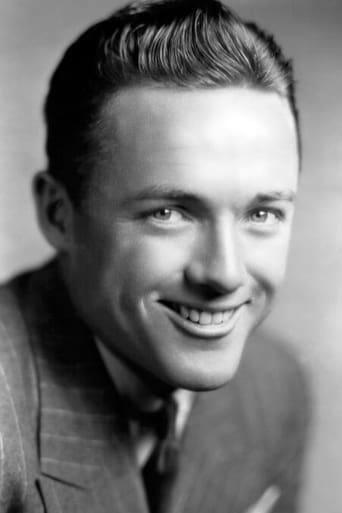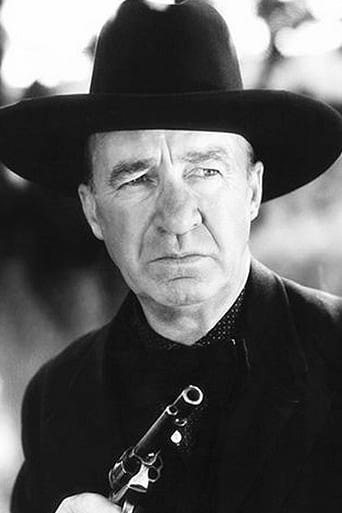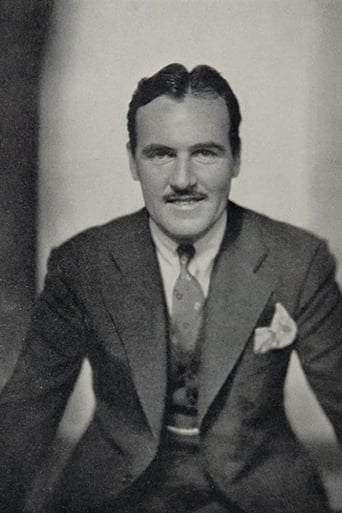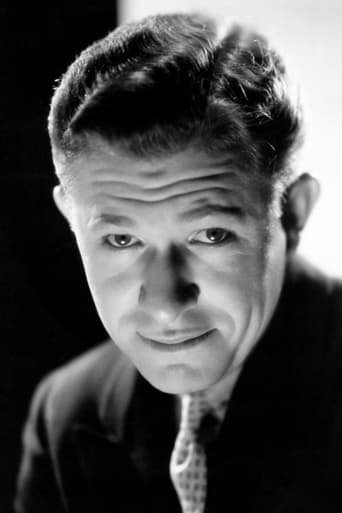ThiefHott
Too much of everything
Voxitype
Good films always raise compelling questions, whether the format is fiction or documentary fact.
Deanna
There are moments in this movie where the great movie it could've been peek out... They're fleeting, here, but they're worth savoring, and they happen often enough to make it worth your while.
darkcollins
The full sound version of this early talking John Ford film remains lost but thankfully this international work-print with inter-titles for dialogue and narration (and some sound) has survived and is preserved by the Museum of Modern Art. Up to now, this film was only available from VHS recordings of AMC's Film Preservation Festival from 1999. After being called back to their ship during liberty in Shanghai, the sailors of the S-13 are struck by another passing vessel and sink to the bottom of the ocean. While waiting to be rescued and with oxygen levels dwindling, the men of the S-13 fight for their lives and sometimes each other in suspenseful anticipation to see who will make it out alive. In addition to Ford's direction, the cast of characters makes the movie an enjoyable experience and makes you care for each of their fates. Kenneth McKenna as the Naval officer with a secret, young Frank Albertson as a rookie ensign who is unexpectedly thrust into being a leader for his men, Warren Hymer as a ruffian sailor hiding a heart of gold, young Stu Erwin as the S-13's radioman and Ford stock player J. Farrell McDonald as the old navy veteran. Be on the lookout towards the end of the film for young John Wayne as a radioman up on the surface. The film has been restored for Fox's MOD DVD release and I've never seen it clearer and more beautiful. Kudos to everyone involved in getting this film restored and released because it's a true unsung gem in John Ford's very long directorial career.
Theo Robertson
An American submarine crashes in to a cargo ship off the coast of China and the surviving crew members await rescue Yeah you've seen this type of movie a few times before . This one is slightly different because it's set in peace time , is directed by John Ford and comes from 1930 which was an era when talkies were making a breakthrough Actually you have to take onboard as to what films were like in those days. THE JAZZZ SINGER was the first talky but films didn't explode in to full length talkies until a couple of years later and films in the last year of the 1920s often used sound and dialogue as an aural impact aesthetic. In this case MEN WITHOUT WOMEN is somewhat typical featuring a few spoken scenes , sound effects and caption cards featuring dialogue For the story itself a bunch of men trapped in in a slowly flooding submarine is a movie cliché but to be fair it wouldn't have been in 1930. Narrative wise it also contradicts itself by having a song and dance number featuring a female of the species . As it stands this early John Ford remains interesting for a number of reason including having John Wayne in an uncredited cameo without being any type of masterpiece
bkoganbing
John Ford was taking some hesitant steps in his feature films from 1928 to 1931 with the advent of the talking motion picture. In Men Without Women there are bits of dialog, a lot of sound effects, some singing, but it is still mostly a silent picture. It's also a pretty good one, despite the suggestive title. Men Without Women refers to the crew on a US submarine between the World Wars and in this case the sub is on duty in the China Seas. An accident at sea sends the submarine to the bottom with the only survivors the slightly more than a dozen men who are in the forward area of the ship. Command is now in the hands of the only surviving officer, Ensign Frank Albertson who just reported for duty in Shanghai on his first assignment. He's green and not really experienced for the job.The one who holds the crew together is Kenneth McKenna the chief torpedoman who has a past. During the first World War McKenna was a British submarine commander who in some pillow talk with his enemy agent girl friend divulged he was taking a British Field Marshal on a secret mission. The submarine sank, but he survived and he never reported back. In fact the commander of the rescue ship which is British thought he recognized McKenna. All that could be rescued are rescued, but some don't make it, a lot like the Poseidon Adventure. This has to be the most claustrophobic film John Ford ever did. Most of the last 60% of the movie is in that submarine forward room and Ford does a great job with his ensemble cast. I find it ironic though because Ford is identified with photographing those wide open spaces in Monument Valley for his westerns. This shows he could handle a closed in environment. Those submarines back then didn't even have the capacity to submerge as long World War II vessels did let alone modern subs.There are some fine scenes of the sea rescue and you can even catch a glimpse of John Wayne as the radio operator on the rescue vessel. The Duke had one fine head of hair in those salad days, but he's unmistakable. All in all one of the best early sound films from John Ford.
Abe-22
This film is of interest since it is in a period of transition between silent and sound pictures. The version shown on AMC has limited sound dialogue as well as title cards, and a few scenes have both! You hear John Wayne's voice before you see him in a small part.




